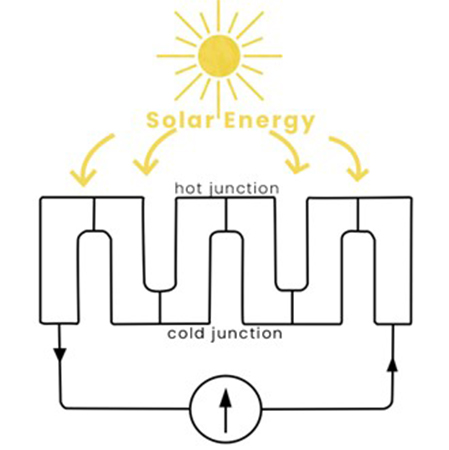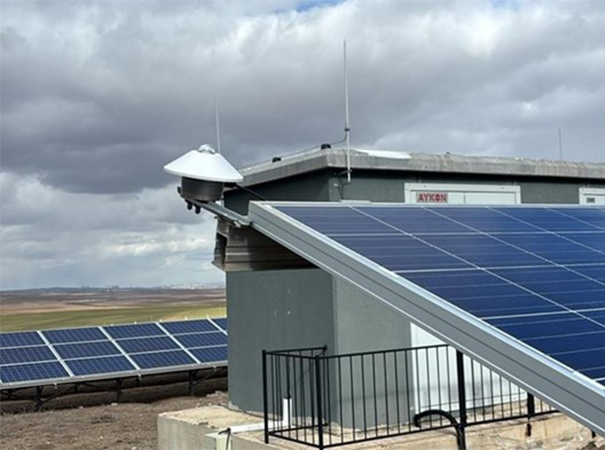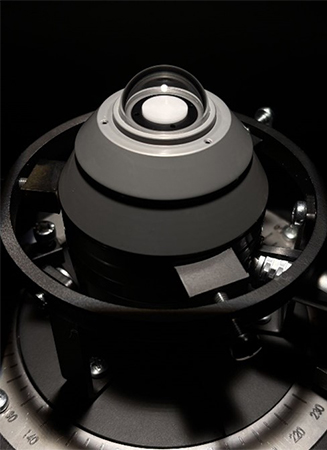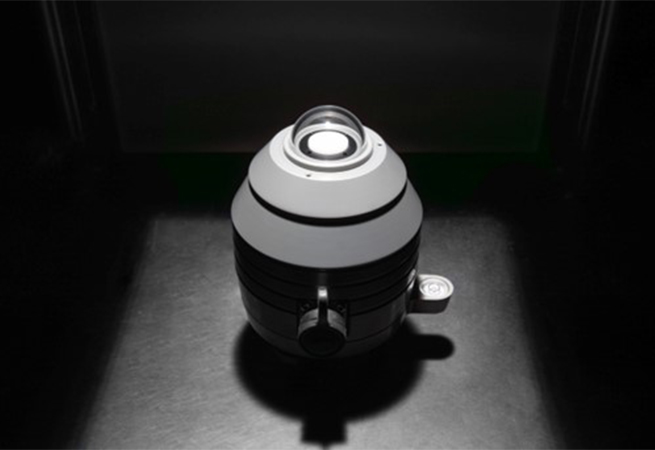In the field of solar radiation Measurement, Thermopile Pyranometers are known as one of the main tools for accurate measurement. Thermopile pyranometers are designed to provide accurate irradiance measurements for various applications such as meteorology, climatology, and solar energy research.
How Does a Pyranometer Work?
The Pyranometer is usually equipped with a thermopile sensor that detects both direct and diffuse radiation. When sunlight heats the thermopile’s absorbing surface, a temperature difference is created between the hot junctions and the cold. This temperature difference generates a measurable voltage output, which correlates directly to the intensity of solar radiation.

Key Features of Thermopile Pyranometers
Thermopile pyranometers are mainly known for their wide spectral range and high stability, making them suitable for high accurate monitoring. They can accurately measure solar irradiance under different atmospheric conditions, providing crucial data for optimizing the PV plants performance, assessing solar energy potential, and conducting climate research.

Understanding the features and specifications of the pyranometers is the first step toward knowing the importance of accurate calibration and effective data collection
Calibration of Thermopile Pyranometers
Calibration is a very important process to ensure the accuracy of Class A thermopile pyranometers. Temperature fluctuations, atmospheric conditions, and sensor degradation are some factors that can affect the Pyranometers accuracy overtime. This is why the regular calibration is important as it ensures that these devices continue to generate accurate readings, reflecting the correct solar energy levels
On the other hand, the calibration is not a one-time event; it must be part of the routine maintenance schedule of pyranometers. Regular controls and checks can prevent small discrepancies from generating significant errors.
How SEVEN Calibrates its Pyranometers
SEVEN Thermopile Pyranometers are calibrated under a 1000 W/m2 Class AAA sun simulator in a dedicated calibration facility compliant with the international standard ISO 9847.
The reference pyranometer and the pyranometer to be calibrated are placed horizontally under the sun simulator while their positions are adjusted to ensure that the light is homogeneously distributed.
The data from both pyranometers are collected and recorded according to the ISO standard, and during this recording period, the pyranometer output voltage (mV) is logged using a datalogger. The recorded output voltages from both pyranometers are used to calculate the sensitivity value.

Recalibration of SEVEN Pyranometers
SEVEN Pyranometer should be recalibrated according to the IEC 91724-1:2021 standard every two years after being deployed in the field to verify solar radiation measurements. However, due to the high-precision diffusers used in SEVEN pyranometers, we recommend recalibration every five years.
SEVEN provides solar sensor calibrations in accordance with the international standard defined by ISO 9847 appendix A1 in the recalibration methods applied to its products.
SEVEN Pyranometers can be recalibrated in any PV laboratory worldwide thanks to our user-friendly Configuration Tool allowing an easy recalibration and integration.
